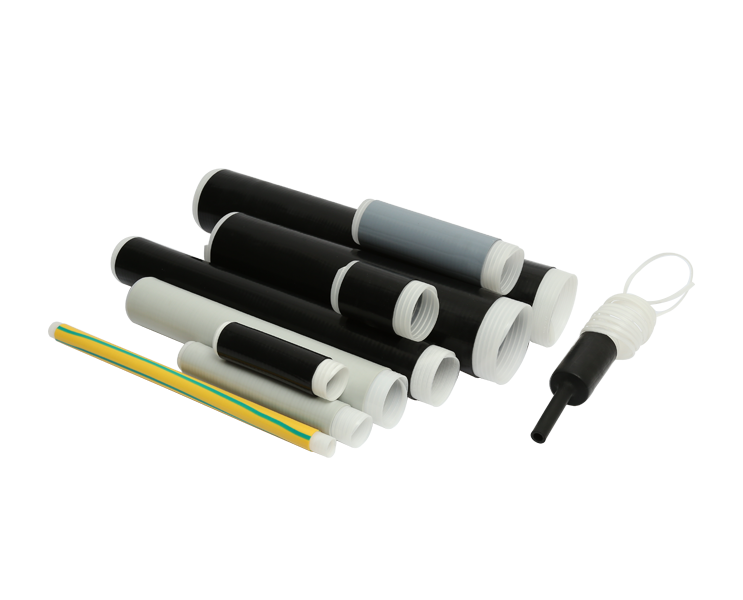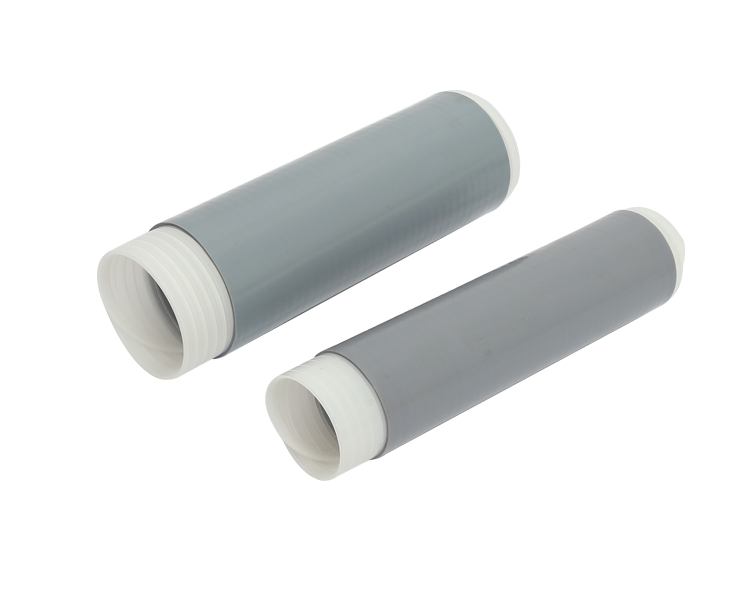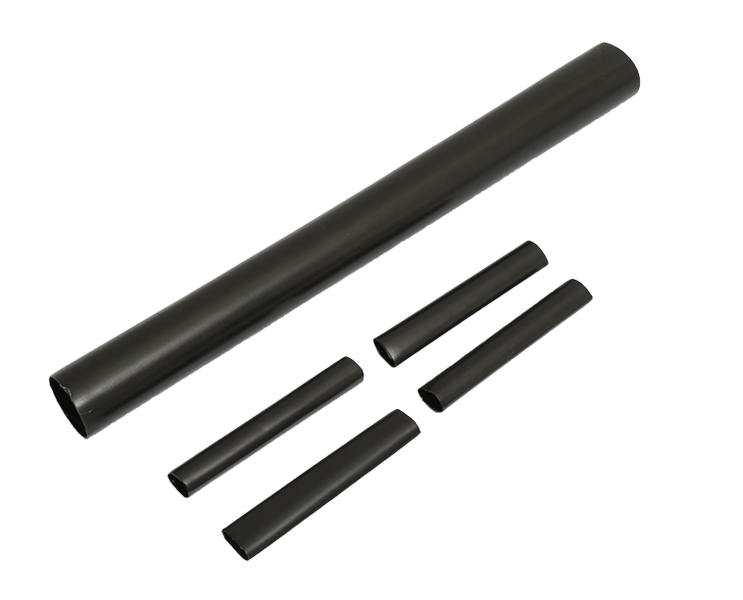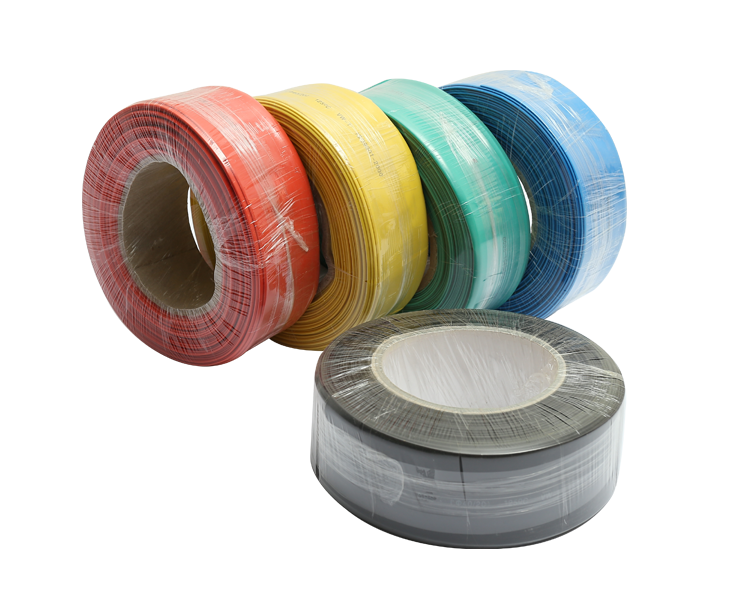Heat shrink sleeves have emerged as versatile and reliable solutions in various industries, offering a range of applications from electrical insulation to cable bundling and labeling. These sleeves, often made from materials like polyolefin, provide a unique combination of flexibility, durability, and ease of use.
The defining characteristic of heat shrink sleeves is their ability to shrink when exposed to heat. This thermal contraction is activated by applying heat to the sleeve, causing it to snugly conform to the shape and size of the underlying object. This property ensures a secure and tight fit.
Heat shrink sleeves are commonly made from polyolefin, a versatile polymer known for its excellent electrical insulation properties, chemical resistance, and durability. The choice of materials ensures that the sleeves can withstand various environmental conditions and provide reliable protection.
The flexibility of heat shrink sleeves allows them to conform to irregular shapes and contours. This makes them suitable for use on cables, wires, connectors, and other components with varying dimensions. Despite their flexibility, these sleeves exhibit resilience and retain their protective properties over time.
Heat shrink sleeves offer the advantage of quick and straightforward installation. The application involves sliding the sleeve over the target object and applying heat using a heat gun or other heat sources. The sleeve then uniformly shrinks, creating a secure and sealed covering.
Heat shrink sleeves are available in a wide range of sizes and colors. This variety allows for customization based on the specific requirements of different applications. The color options also enable color-coding for organizational purposes or to denote specific functions.
One of the primary applications of heat shrink sleeves is electrical insulation. The sleeves create a protective barrier that insulates wires and cables, preventing electrical leakage and enhancing the safety of electrical components. The insulation properties contribute to the longevity and reliability of electrical systems.
Heat shrink sleeves are effective in bundling and organizing cables. By creating a unified and secure covering, these sleeves prevent tangling and provide a neat and organized appearance. Cable management with heat shrink sleeves is commonly employed in various industries, including telecommunications and electronics.
Heat shrink sleeves offer robust environmental protection, shielding components from moisture, chemicals, and other environmental factors. This protective layer ensures the longevity of components, even in harsh conditions, making them suitable for outdoor applications, automotive systems, and marine environments.
The ability to print or label heat shrink sleeves facilitates easy wire identification. This is particularly valuable in complex wiring systems where different cables and connections need to be identified for maintenance or troubleshooting purposes. The labeled sleeves enhance organization and reduce the likelihood of errors.
Heat shrink sleeves are utilized in seal and tamper-evident applications. By creating a sealed covering over closures, such as caps or lids, these sleeves provide evidence of tampering. This feature is commonly employed in packaging, ensuring the integrity of products during transit and storage.
The industry is witnessing a shift towards sustainable materials in the manufacturing of heat shrink sleeves. Innovations may focus on environmentally friendly options to align with global sustainability goals.
Advances in smart labeling technologies may integrate with heat shrink sleeves, allowing for dynamic information, such as real-time tracking or temperature monitoring, to be embedded in the sleeve itself.
Future trends may see advancements in customization and printing techniques for heat shrink sleeves. This could include improved printing technologies, color options, and the ability to print intricate designs or QR codes directly onto the sleeves.

 English
English 简体中文
简体中文



